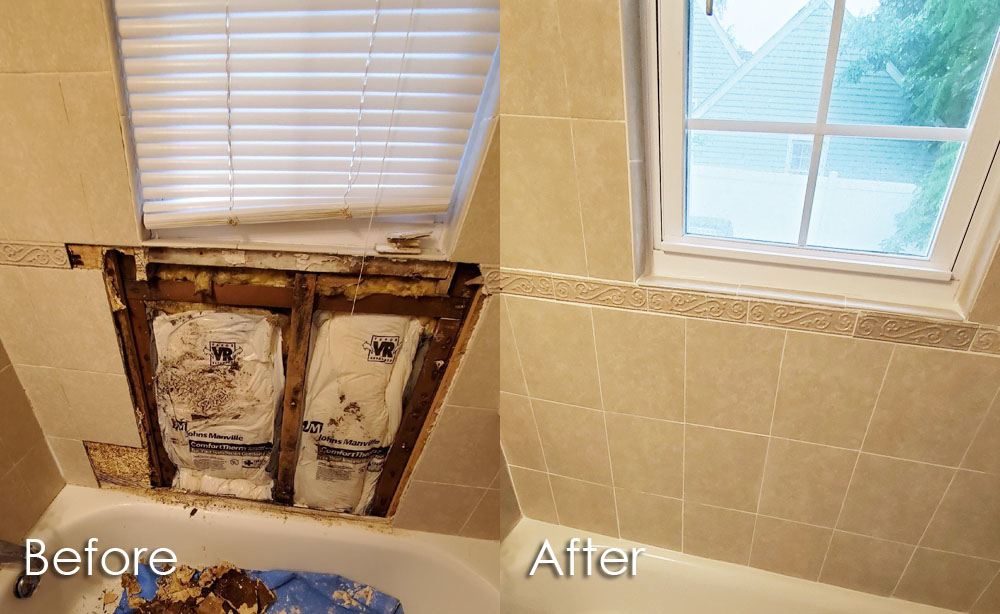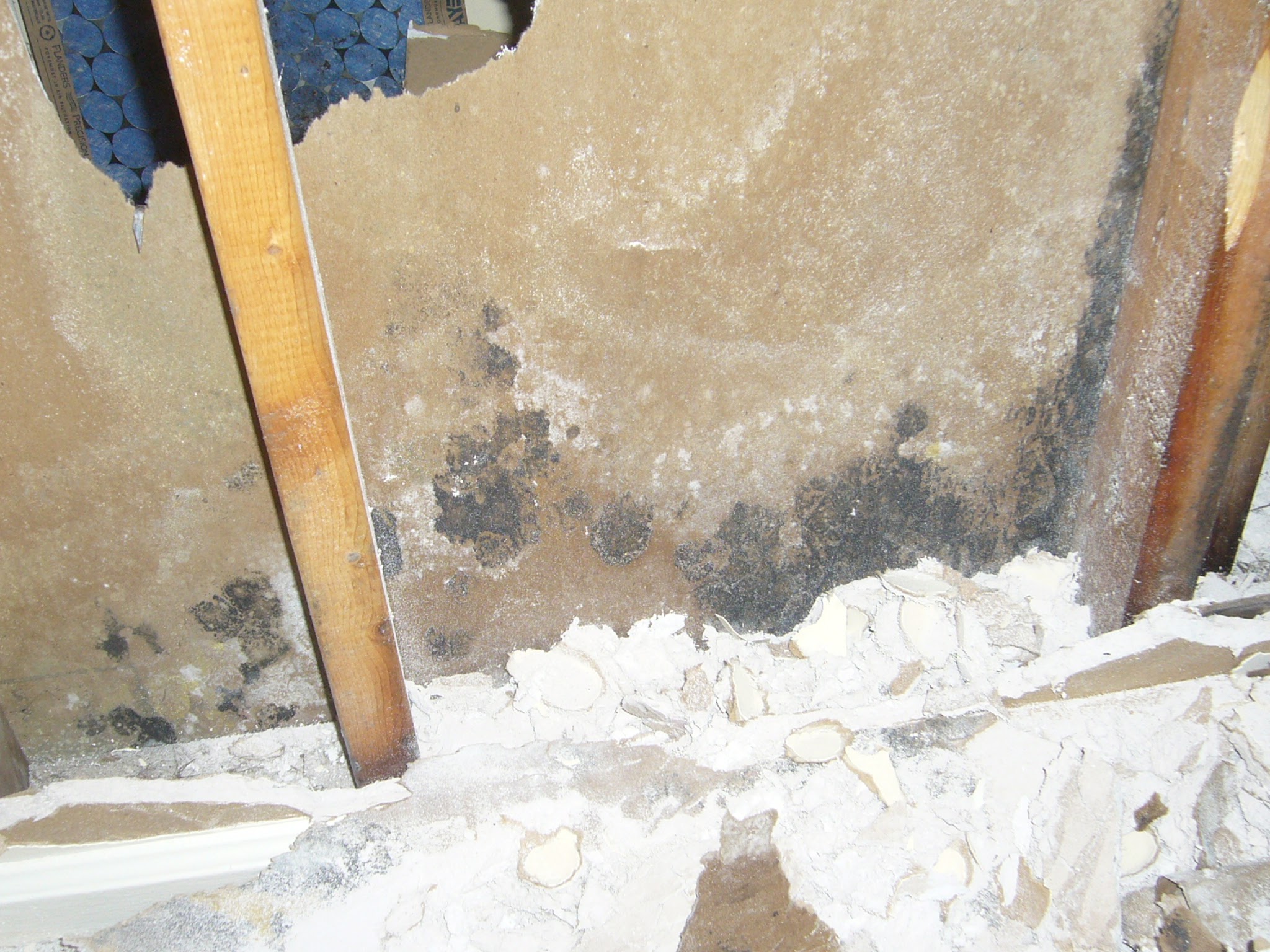Exactly how to Prevent a Water Damaged Bathroom
Exactly how to Prevent a Water Damaged Bathroom
Blog Article
They are making a few great annotation related to How to Fix a Water Damage Bathroom as a whole in the article beneath.

The washroom is very prone for moist accumulation as well as prospective water damage as a result of the regular use of water in it. This write-up provides straightforward assessment techniques to assist spotting water damages hazards.
The constant use of water in the washroom makes it incredibly at risk for damp buildup and prospective water damage. By checking it routinely, you can lower water related problems.
The following collection of inspections is simple to perform as well as should be done when in every three months in order to keep your shower room in good shape and also to prevent possible water damages brought on by the bathtub, the shower, pipeline joints and plumbing, sinks, closets, and also the toilet
Do not disregard executing these inspections as well as be detailed while performing them. Bear in mind that these straightforward inspections can conserve you a great deal of money by supplying very early indications for water damages
Tub and also Shower
The shower and bath tub require unique focus as well as upkeep. Check the ceramic tiles and also replace if split. See to it that there is no missing grout in between the floor tiles. Inspect as well as change fractured caulking at joints where the walls meet the floor or the bath tub. Obstructed drains and pipes problems will certainly protect against the bathtub from drying and also might indicate severe troubles beneath the bathtub. Talk to a specialist quickly to prevent structural damage. Take note of stainings or soft locations around the bath tub wall surfaces as they might show an internal leak.
Plumbing
Signs for water damage are hard to detect given that most pipes are installed inside the walls.
Pay unique focus to floor covering and walls wetness as well as spots as they might show an invisible plumbing problem. Inspect wetness levels in adjoining spaces too.
Sinks and also Cabinets
Sinks and also cabinets are exposed to moisture and humidity daily and are often forgotten. Evaluate consistently under the sink and also on the kitchen counter over it. Repair any type of drip in the trap as it may suggest drainpipe troubles. Take a look around the sink, slow draining pipes may indicate a blocked drainpipe. Change sink seals if they are fractured or loosened.
The Commode
The commode is an at risk water joint. Examine the water lines and also search for leaks around the toilet seat, in the tube, and also under the water storage tank. If you spot any indicators of wetness on the floor around the toilet, look for leakages in the toilet rim and storage tank seals.
Understand that hanging toilet bowl antiperspirants enhances the chances for clogs.
Water Damage Signs In The Bathroom To Avoid Cleanup
Musty smell
This is one of the easiest signs to catch because musty smells are so odorous. The damp, earthy, moldy smell should be a big red flag. The smell will develop when moisture gets trapped in surfaces, and begins to facilitate mold growth. Leaking pipes under cabinets, inside walls, and behind shower fixtures will cause moisture to stay trapped and not dry, which will lead to mold growth and spread. As soon as you notice any musty smells in your bathroom, have it checked for hidden water damage and cleanup signs.
Visible mold
If the smell isn’t there to give it away, sometimes you will actually see mold growth. Finding mold in your bathroom is a serious problem, because mold is very harmful to your health. By the time mold growth is visible, it also means that water damage has already occurred and been present for some time. The only way the mold problem can be resolved is to find the source of the moisture and get it stopped. To safely and adequately remove mold, you need to have professionals handle the remediation. Do not waste any time in getting mold problems addressed, fixed, and sanitized so that you can protect you and your family from the many respiratory symptoms caused by mold exposure.
Damaged floors
Bathroom floors should be able to withstand some exposure to water while still remaining in good condition. However, when excess exposure or water leaks occur, they will begin to damage even the most water-resistant flooring. If you notice any cracking, bubbling, staining, or warping on your bathroom floors, there is probably a water leak somewhere causing the distortion. If you notice areas of the floor have become softer, or even have a spongy feeling, there is probably damage to the subfloor. Subflooring is typically made up of plywood. When plywood is exposed to water or moisture, it will absorb it. Once it has become saturated, the weight of the excess water will cause the wood to swell and soften. Check the floors in your bathroom frequently to catch any of these sings before they lead to damaged subflooring.
Changes on walls
When water leaks behind walls, it will cause changes in the drywall. Peeling plaster, blistering paint, and soggy wallpaper are all good indicators that excess water is building up behind the wall. Water leaking behind drywall will cause it to swell and be soft to the tough. If you start to notice gaps along the trim of your walls, or where tile meets the wall, it could also be a strong indicator that there is a leak behind the wall. Any changes, distortion, or damage on the walls should be evaluated as soon as you notice it to prevent further water damage and cleanup.

I was brought to that editorial on Preventing Water Damage in the Bathroom through an acquaintance on a different web blog. I beg you take the opportunity to distribute this content if you appreciated it. Many thanks for your time. Visit us again soon.
Book Today! Report this page